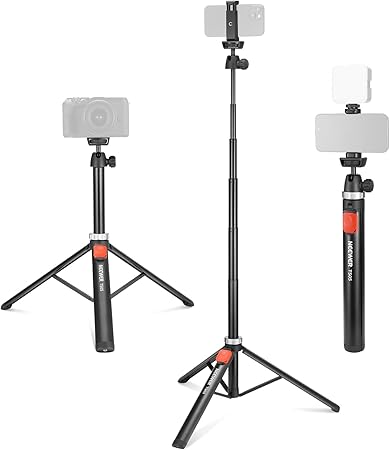In today’s digital world, your camera can become more than just a tool—it can be a powerful extension of your artistic vision.
For painters, illustrators, and mixed-media artists, photography offers a fresh lens to explore light, texture, color, and composition. Think of it as your portable sketchbook—ready to capture moments of inspiration wherever you go. Whether you’re snapping a golden-hour shadow, the curve of an architectural detail, or a fleeting expression on a friend’s face, photography can enhance your creative process and influence your artistic work.
In this guide, you’ll discover how to use photography as a visual sketchbook—with actionable ideas, photography tips, and product recommendations to help you elevate your artistic journey.
Why Artists Should Embrace Photography
While sketchbooks are timeless tools, cameras allow you to capture instant visual references and expand your creative vocabulary.
- Instant Composition Studies – Play with angles, balance, and focal points in real time.
- Light & Shadow Practice – Use photography to study natural light behavior throughout the day.
- Color Palette Curation – Capture tonal relationships and color inspiration on the go.
- Textural Reference – From rusted metal to crumpled fabric, a photo archive gives you texture ideas for future pieces.
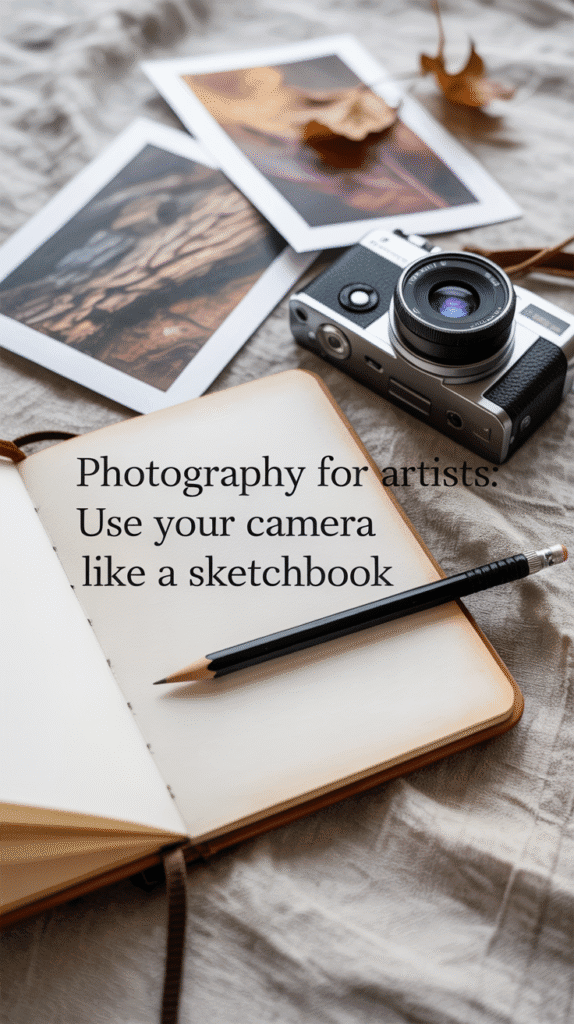
Creative Ways to Use Photography as a Sketchbook
1. Capture Everyday Inspiration
Train your eye to find beauty in the ordinary. Photograph interesting shadows, reflections, color contrasts, or botanical textures.
Recommended Gear:
Digital Compact Camera with Zoom & Manual Mode – A lightweight, high-quality camera ideal for daily artistic use.
64GB High-Speed SD Card – For storing a month’s worth of creative exploration.
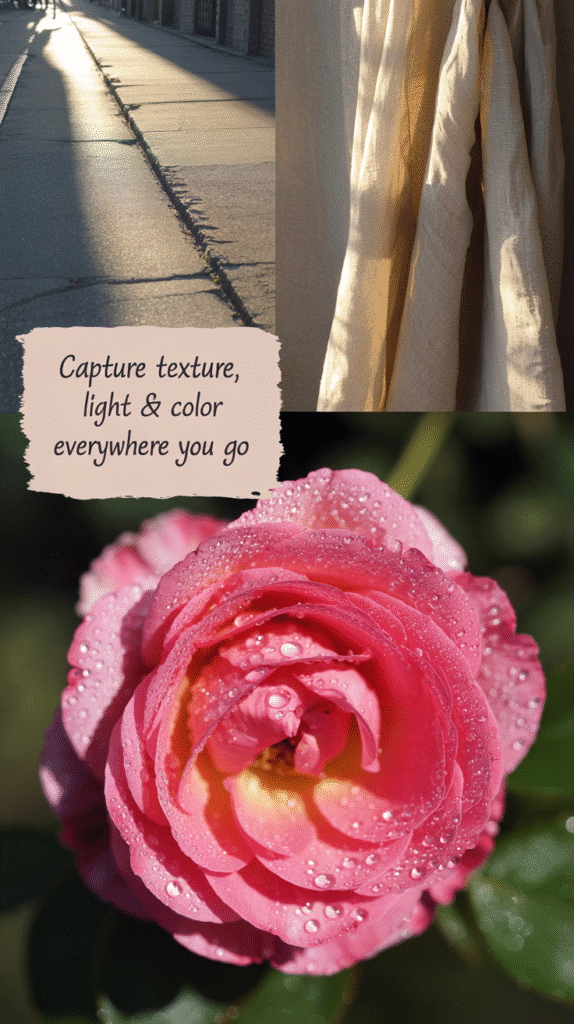
2. Create Themed Visual Collections
Pick a theme—like “Hands in Motion” or “Urban Still Life”—and build a visual collection over time. These collections help you identify recurring subjects and spark new creative projects.
Tips for Themed Shoots:
- Set a time limit (15–30 minutes)
- Choose a specific location or subject category
- Challenge yourself to shoot from unusual perspectives
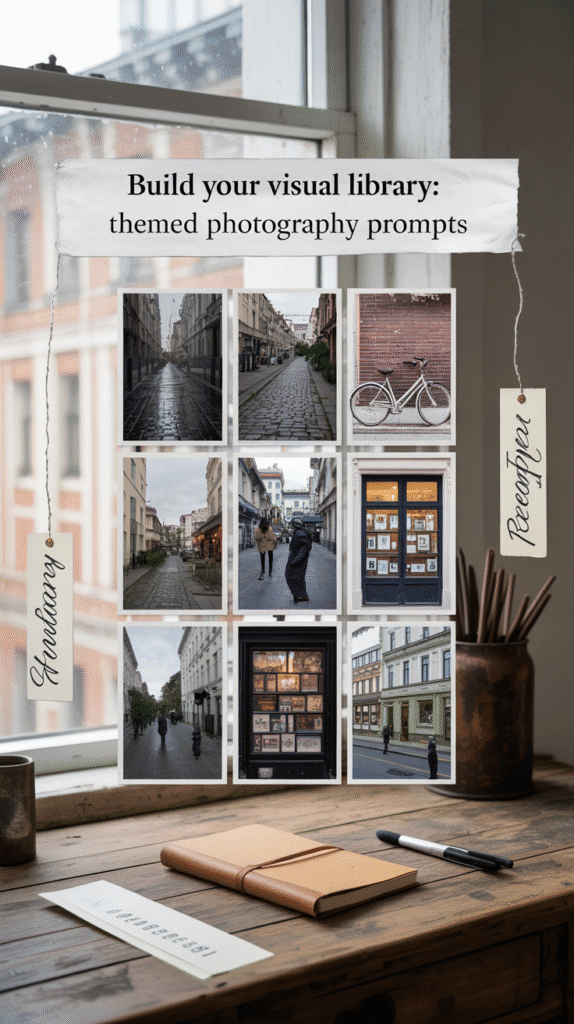
3. Use Photography for Figure Studies
Photograph friends, yourself, or stock models in dynamic poses. These can serve as helpful references for gesture drawing or portrait studies.
Recommended Gear:
Lightweight Tripod with Remote – Perfect for self-portraits or reference pose shots.
Ring Light with Phone Holder – Helps control lighting when shooting indoors.

4. Edit Photos to Enhance Mood & Composition
Post-processing helps refine your creative vision. Adjust lighting, remove distractions, or play with color grading to mimic the mood of a painting.
Beginner-Friendly Editing Tools:
- Snapseed (Free mobile app)
- Lightroom Mobile or Desktop
- Canva for basic adjustments & cropping
Recommended Accessories:
Digital Drawing Glove for Touch Screens – Ideal for mobile photo editing and sketching.
Bluetooth Stylus Pen – Makes editing and sketching more precise on tablets.
5. Organize Your Photos Like a Sketchbook
Instead of letting your creative shots get lost in your camera roll, organize them into digital albums or printed photo journals.
Creative Organization Tips:
- Use folders by theme: “Textures,” “Color Palettes,” “Pose Studies”
- Create a physical inspiration board with printed photo squares
- Use your visual collections to spark new artwork ideas each month
Recommended Products:
Instant Photo Printer for Artists – Print your favorite shots and keep them in a visual diary.
Art Portfolio Binder with Sleeves – Store printed references or sketches side by side with your photos.
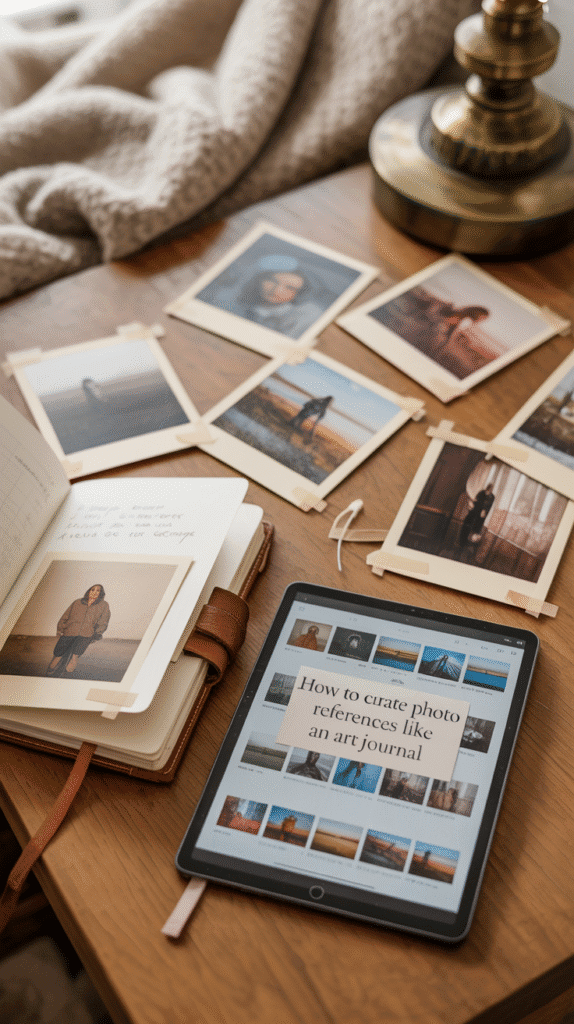
Final Thoughts: Turn Your Lens into a Creative Tool
Using photography as a sketchbook helps you see like an artist—not just draw or paint like one. It deepens your understanding of light, form, and composition in the world around you.
Whether you’re capturing fleeting moments, experimenting with textures, or building a library of visual prompts, photography is a powerful—and portable—tool in your artistic toolbox.
Start today: Take 10 minutes and go on a photo walk with your camera or phone. Focus on shadows, movement, or unexpected textures. Then save or print your favorites and use them as creative references in your next artwork.
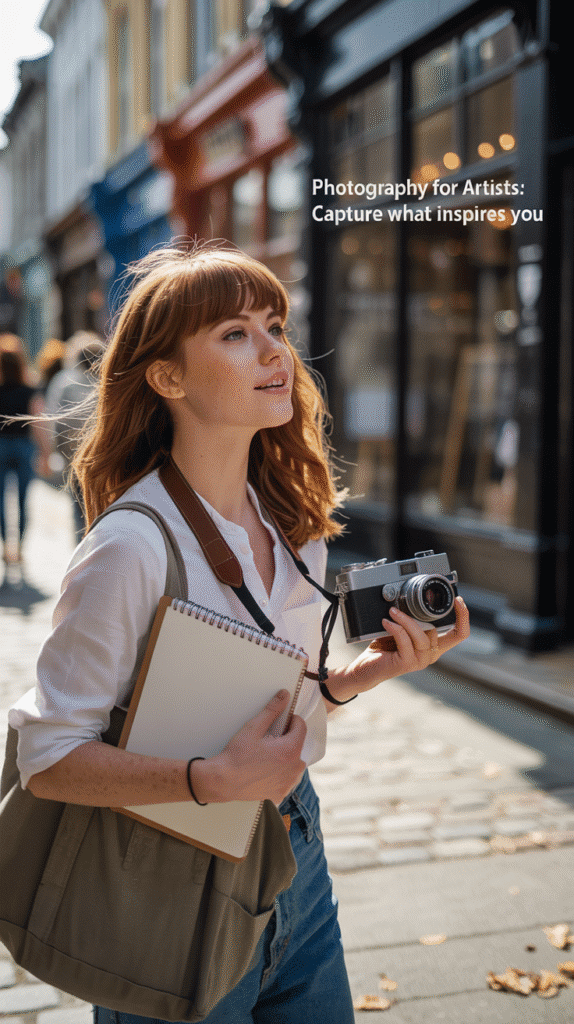
📌 Save & Share This Post
Loved this guide? Pin it to your Art Inspiration or Photography Aesthetic board and come back whenever you need a burst of creative energy.
👉 Follow me on Pinterest and Instagram @ArtisticBlossomStudio

